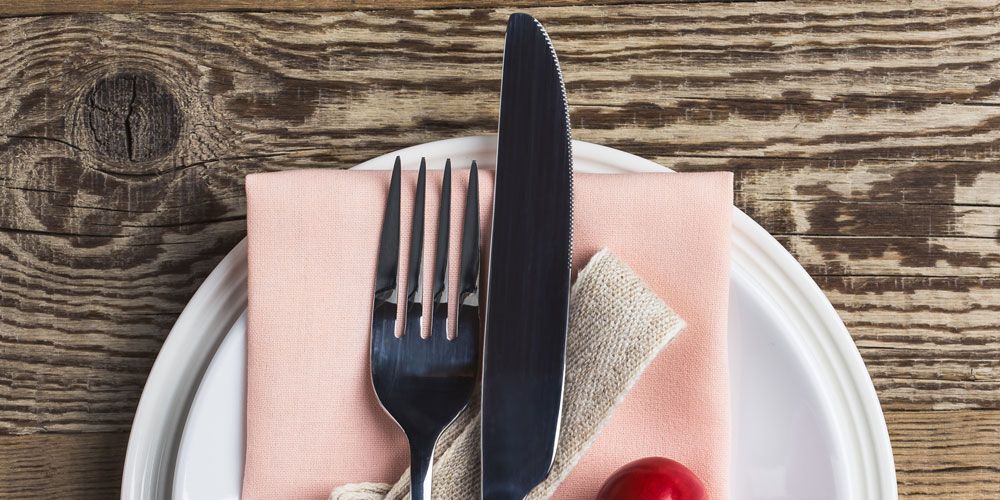Different Knives
The Fine Cooking test kitchen put more than two dozen different knives through this battery of challenges before selecting some of our favorites (see below). If at all feasible, try to use your best cutlery to do the following:
- Parsley should be minced.
- Using a knife, cut an onion into slices.
- Winter squash should be sliced thinly.
- Carrots should be cut into tiny strips.
- Cut melon into slices.
When Shopping For The Best Cutlery, Consider The Following:
Once you've had a knife in your hand, you should be able to tell how well it fits in your hand right away. It should feel natural and comfortable in your hand, almost like an extension of your hand. It should engender confidence rather than dread in the reader. If something doesn't seem right, go on. If it feels nice, start chopping (or mimic chopping) and pay attention to how your body reacts to the knife's physical attributes.
Weight
You'll have to experiment with a few different knives before you discover your optimal knife weight. One thinking school holds that a heavy chef's knife slices through meals more easily because it "falls" with greater force. Others believe the opposite. Another believes that a lighter chef's knife allows for more fluid movement and more precise knife maneuvering.
Balance
The ability to achieve "perfect equilibrium" lies in the hands of the beholder. By holding the knife by the handle, you may judge its balance. If it seems uncomfortably weighted toward the rear of the handle or the blade, it's probably not the right knife for your hands. You may have to work more if your knife is not balanced properly. It is also crucial to maintain equilibrium from side to side.
Size
A chef's knife with an 8-inch blade is the most popular home chef because of its flexibility and affordability. The larger blade of a 10-inch may cut more volume, but it can also be daunting. However, when dealing with huge quantities of food, such as a watermelon, a 6-inch chef's knife, which is similar in size to a paring knife, falls short of the latter's performance.
Cutlery In The Japanese Style
In recent years, there has been an increase in the popularity of "Japanese-style" blades, and even traditional German knife producers are getting into the act. Compared to a German-style chef's knife, a Japanese-style best cutlery is lighter and has a thinner blade, making it more agile and effective at precise slicing. It also tends to be fairly sharp when using a thinner blade.
However, a Japanese-style chef's knife is not the greatest choice for activities such as splitting a bird or slicing through an acorn squash since it lacks the muscular, wedge-like heel required for such operations. Also, since its edge has a straighter profile (less curvature) than a German-style knife, it does not always rock as smoothly as a German-style knife. If you are planning to buy the best cutlery for your kitchen, click on this link.
Conclusion
Ask whether you may return your knife if it seems dull or isn't the correct fit after a brief test drive at home (as long as you don't damage it or wear down the blade, of course). For suggestions on how to do these tasks, consult with a professional knife evaluator.


